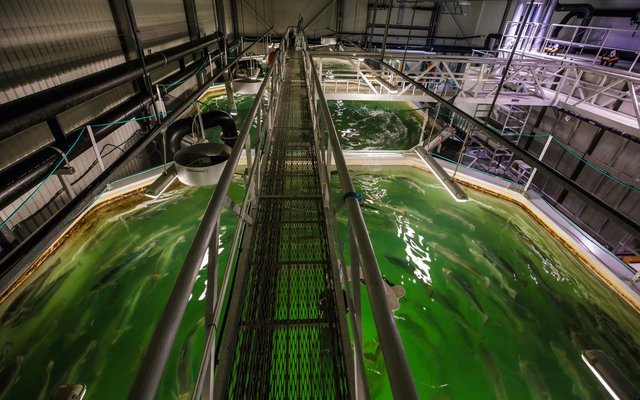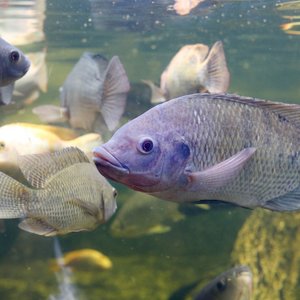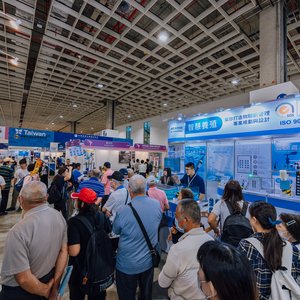A recent survey by Nofima and The Conservation Fund’s Freshwater Institute showed differences and similarities in the disinfection of equipment at 25 modern RAS facilities in Norway and North America (US and Canada).
The survey evaluated the general disinfection strategies for equipment. The majority of Norwegian respondents, and more than 90% of the North American respondents, stated that they use standardized protocols when disinfecting. In other words, they follow the manufacturer’s recommendations for use.
“Many factors influence how effectively the equipment is disinfected, such as the type of materials, temperature and humidity. A disinfectant product must be practically tested in several facilities in order to find out how effective it is under varying conditions. The survey reveals that many people are not aware of how effective the disinfectant is for their RAS facility,” said Carlos C. Lazado, scientist at Nofima.
Regarding the type of disinfectants used at the facilities, in Norway, peracetic acid-based disinfectant is mainly used, but also chlorine. In North American facilities, chlorine and sodium hypochlorite are predominantly used. The difference may be due to the fact that far more products based on peracetic acid are approved in Norway, compared to those based on chlorine. All the respondents stated that effectiveness against pathogens and user safety are the main criteria regarding the choice of agent.
Approximately 40% of Norwegian respondents state that they disinfect tanks and pipes after each production cycle, while 60% of North American respondents do the same. The period of contact with the disinfectant varies between 12 and 24 hours at the Norwegian facilities, while there are greater variations in North America, varying from 1-24 hours.
“Greater variation in the period of contact may indicate that they have more structured strategies and somewhat more experience regarding the effect of disinfection. This is reflected in the fact that most facilities in North America have longer operating times compared to the Norwegian ones,” said Lazado.
All the respondents stated that employees at the facilities receive the necessary training in the use of disinfectants and protective equipment and that local regulations are followed. All the facilities have their own safety procedures, but there is no overview of how these procedures are practiced and managed.
Scientists concluded that RAS facilities in both Norway and North America can advantageously systematize their disinfection strategies. “The results of the survey will be valuable for developing universal RAS disinfection guidelines,” said Lazado.
Read the study here.













